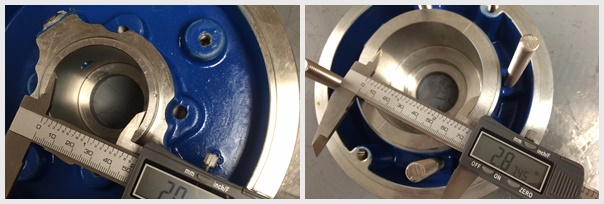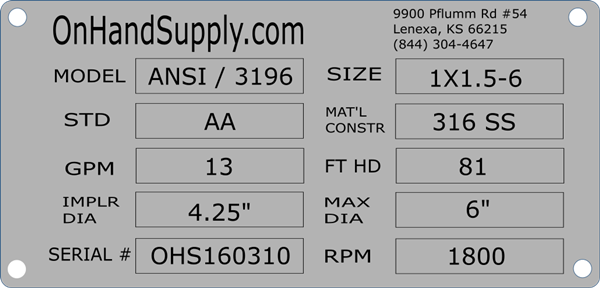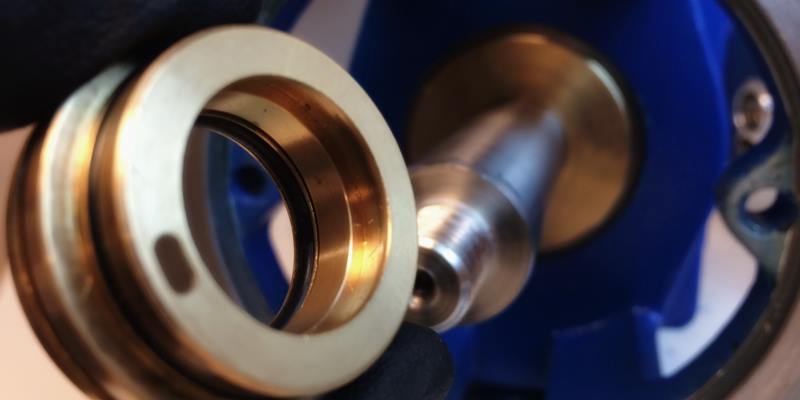Before the ANSI Pump
The history of the ANSI pump is unique and interesting. Before ANSI pumps, the North American marketplace was dominated by Ingersoll Rand and Worthington, the latter is credited with the development of the first modern pump. In fact, pump serial #2 is in the Smithsonian museum for its historical significance.
Before ANSI pumps, each and every pump had to be uniquely plumbed. Install a particular brand of pump and only that brand of pump would flange up to the existing piping. Since changing piping is time consuming and expensive, there was no incentive or pressure to keep the cost of replacement parts reasonable. Replacement part prices and delivery times were outrageous and even the most basic, courteous service was virtually non-existent. I worked for one of those majors and spent most of my time trying to address these issues with customers and distributors who were frustrated beyond description. After several years, I started my own industrial distributorship that competed with them with alternative products. These are the so-called “pirate” parts also called alternative sourced or non-OEM (original equipment manufacturer) parts. More on this later.
The Rise of the ANSI Standard
When the concerns and dissatisfaction reached an unsustainable level, a small number of customers who represented a large percent of the pumps purchased every year approached the pump companies. They wanted the ability to swap brands without changing the piping. Naturally, the majors didn’t want to end their near monopoly and the pump companies resisted because of the design and manufacturing expenses involved in developing an entire new pump system. However, after one company broke ranks the others then had to follow. This was in the 1950’s. The early effort was called the American Voluntary Standards. Not too voluntary, though. Later, this was folded into ANSI standards in 1974 and updated as recently as 2012.
The objective was to have pumps in a variety of sizes that could “flange up” with other brands of the same size. This means that the suction and discharge flange locations, the location of the feet and the location of the shaft for the driver had to be the same. These pumps were designed for the chemical process industry and, at the time, were considered to be throwaway pumps. In other words, when the pumps started to deteriorate, you just replaced it.
Emergence of the ANSI Pump Market
So, the ANSI market developed. A few companies grew to dominate the market. Then, the cycle of expensive parts and slow delivery repeated. If quality, delivery, prices and service were what customers wanted, the door would have been closed to others. However, there was enough demand to launch the alternative aftermarket. First came the easier pieces such as shafts and sleeves. Some improvements were offered by these non-OEM manufacturers. As an example, sleeves could be hard-coated to last longer with packing. Then along came some of the high usage more sophisticated parts like casings and impellers.
Finally, some of these manufacturers realized that just by making a few more parts such as bearing housings and adapters, they could offer the entire pump. Some of these manufacturers set up their own distribution networks and some offer their products to the entire market directly. Today there are a number of manufacturers and resellers who offer pumps and even parts that interchange one-for-one. A result of this and the competition that it brought was to bring replacement parts down in price. A pump could be in service without one original part left in it. You can literally build a pump from parts without paying a premium compared to buying a complete pump to start with. This is unprecedented in the pump industry and, perhaps, in almost any industry.




